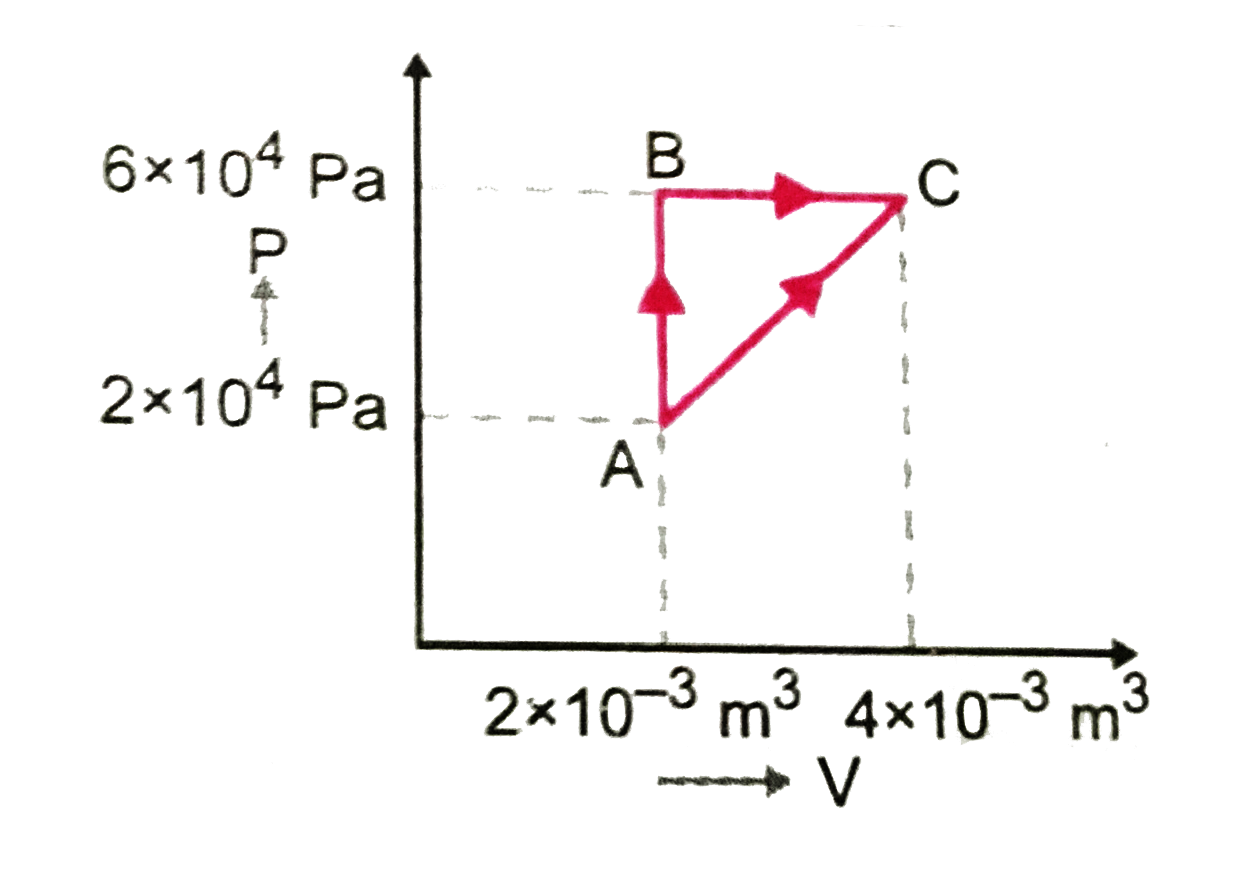Menthyl guanosine triphosphate is added to the 5' end of hnRNA in a process of
splicing
capping
tailing
None of these
The correct Answer is:B
To solve the question regarding the addition of methyl guanosine triphosphate to the 5' end of hnRNA, we can break it down into the following steps:
1. Understanding hnRNA:
- Heterogeneous nuclear RNA (hnRNA) is the primary transcript that is synthesized from DNA during transcription. It includes both coding (exons) and non-coding (introns) sequences.
Hint: Remember that hnRNA is the precursor to mRNA and contains both exons and introns.
2. Identifying the Modification:
- The question mentions the addition of methyl guanosine triphosphate (m7GTP) to the 5' end of hnRNA. This modification is crucial for the stability and processing of the RNA.
Hint: Think about what modifications occur at the 5' end of RNA molecules.
3. Recognizing the Process:
- The addition of the methyl guanosine cap (m7G cap) is known as "capping". This process involves the conversion of GTP to 7-methyl guanosine and its attachment to the 5' end of the RNA.
Hint: This process is specifically referred to as "capping" and is essential for mRNA stability.
4. Function of Capping:
- The capping process serves multiple functions, including protecting the mRNA from degradation by nucleases, facilitating ribosome binding during translation, and aiding in the export of mRNA from the nucleus to the cytoplasm.
Hint: Consider why the capping of mRNA is important for its function in the cell.
5. Differentiating from Other Processes:
- It’s important to differentiate capping from other processes such as splicing (removal of introns) and tailing (addition of a poly-A tail at the 3' end).
Hint: Recall the definitions of splicing and tailing to clarify why they are not the correct answers.
6. Conclusion:
- Based on the above analysis, the correct answer to the question is that the addition of methyl guanosine triphosphate to the 5' end of hnRNA occurs in a process known as "capping".
Final Answer: The correct option is 2, capping.
- Heterogeneous nuclear RNA (hnRNA) is the primary transcript that is synthesized from DNA during transcription. It includes both coding (exons) and non-coding (introns) sequences.
- The question mentions the addition of methyl guanosine triphosphate (m7GTP) to the 5' end of hnRNA. This modification is crucial for the stability and processing of the RNA.
- The addition of the methyl guanosine cap (m7G cap) is known as "capping". This process involves the conversion of GTP to 7-methyl guanosine and its attachment to the 5' end of the RNA.
- The capping process serves multiple functions, including protecting the mRNA from degradation by nucleases, facilitating ribosome binding during translation, and aiding in the export of mRNA from the nucleus to the cytoplasm.
- It’s important to differentiate capping from other processes such as splicing (removal of introns) and tailing (addition of a poly-A tail at the 3' end).
- Based on the above analysis, the correct answer to the question is that the addition of methyl guanosine triphosphate to the 5' end of hnRNA occurs in a process known as "capping".
Topper's Solved these Questions
- MOLECULAR BASIS OF INHERITANCEBook:NCERT FINGERTPS ENGLISHChapter:MOLECULAR BASIS OF INHERITANCEExercise:HOTS
Explore 8 Videos
- MOLECULAR BASIS OF INHERITANCEBook:NCERT FINGERTPS ENGLISHChapter:MOLECULAR BASIS OF INHERITANCEExercise:NCERT
Explore 28 Videos
- MICROBES IN HUMAN WELFAREBook:NCERT FINGERTPS ENGLISHChapter:MICROBES IN HUMAN WELFAREExercise:Microbes In Human Welfare
Explore 138 Videos
- ORGANISMS AND POPULATIONBook:NCERT FINGERTPS ENGLISHChapter:ORGANISMS AND POPULATIONExercise:Organisms And Population
Explore 175 Videos
Similar Questions
Knowledge Check
Select the correct statements regarding the process of transcription in eukaryotes.
(i) The strand of dsDNA which takes part in transcription process is called as coding strand.
(ii) The enzyme RNA polymerase can catalyse polymerisation only in one direction i.e. ,5'→3' .
(iii) An unusual nucleotide methyl guanosine triphosphate is added to the 5' end of hnRNA during capping.
(iv) During tailing process, adenylate residues (200-300) are added at 3' end in a template independent manner.A(i) and (ii)B(iii) and (iv)C(ii),(iii) and (iv)D(i),(ii),(iii) and (iv)
How many of the following is/are correct statement?
(A)In capping an unusual nucleotides is added to the 3' end of hn RNA
(B)In tailing adenylated residues are added at 3' end in a template independent manner.
(C)The untranslated regions (UTR) are required for efficient DNA replication process.
(D)The DNA-dependent DNA polymerases catalyse polymerisation only in one direction that is 5' → 3'.
View SolutionPyruvic acid is the end product of which process ?
View SolutionAfter transcription , which of the following is added to the 3' end of the eukaryotic mRNA ?
View SolutionIn (figure). shows two path that may be taken by a gas to go from a state A to state C

In the process AB, 400J of heat is added to the system and in process Bc, 100J of heat is added to the system. The heat absorbed by the system in the process AC will be
View SolutionHow is the synthesis of a polypeptide chain terminated? What is the role of guanosine triphosphate (GTP) in this process?
View SolutionFigure below shows two paths that may be taken by a gas to go from a state A to a state C . In process AB , 400 J of heat is added to the system and in process BC , 100 J of heat is added to the system . The heat absorbed by the system in the process AC will be

View SolutionA thermodynamic process is shown in Fig. The pressures and volumes corresponding to some points in the figure are : PA=3×104Pa,PB=8×104Pa and VA=2×10−3m3,VD=5×10−3m.
In process AB,600J of heat is added to the system and in process BC,200J of heat is added to the system. The change in internal energy of the energy of the process AC would be.

View Solution

